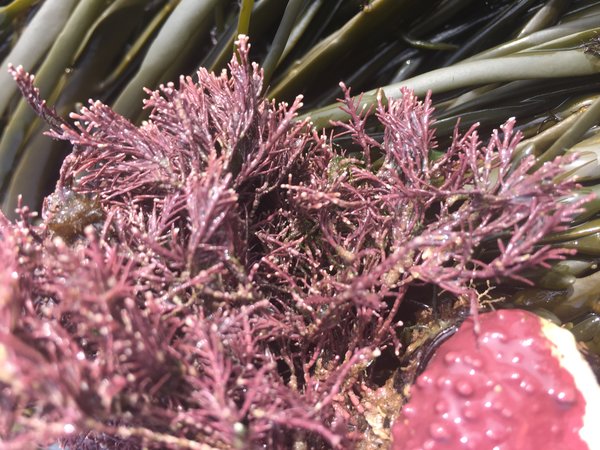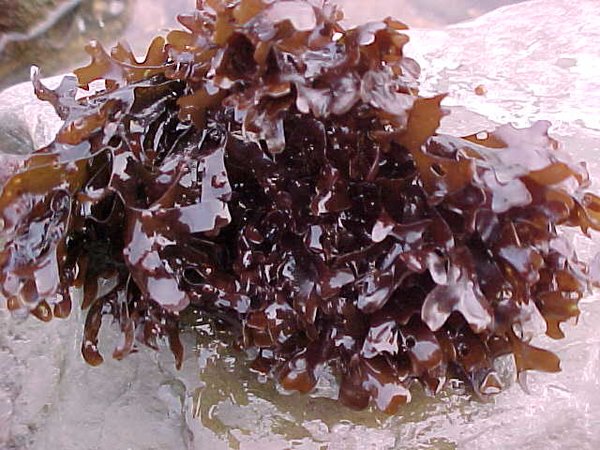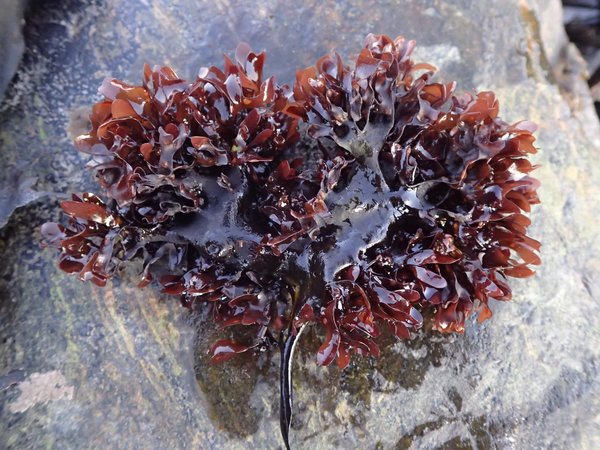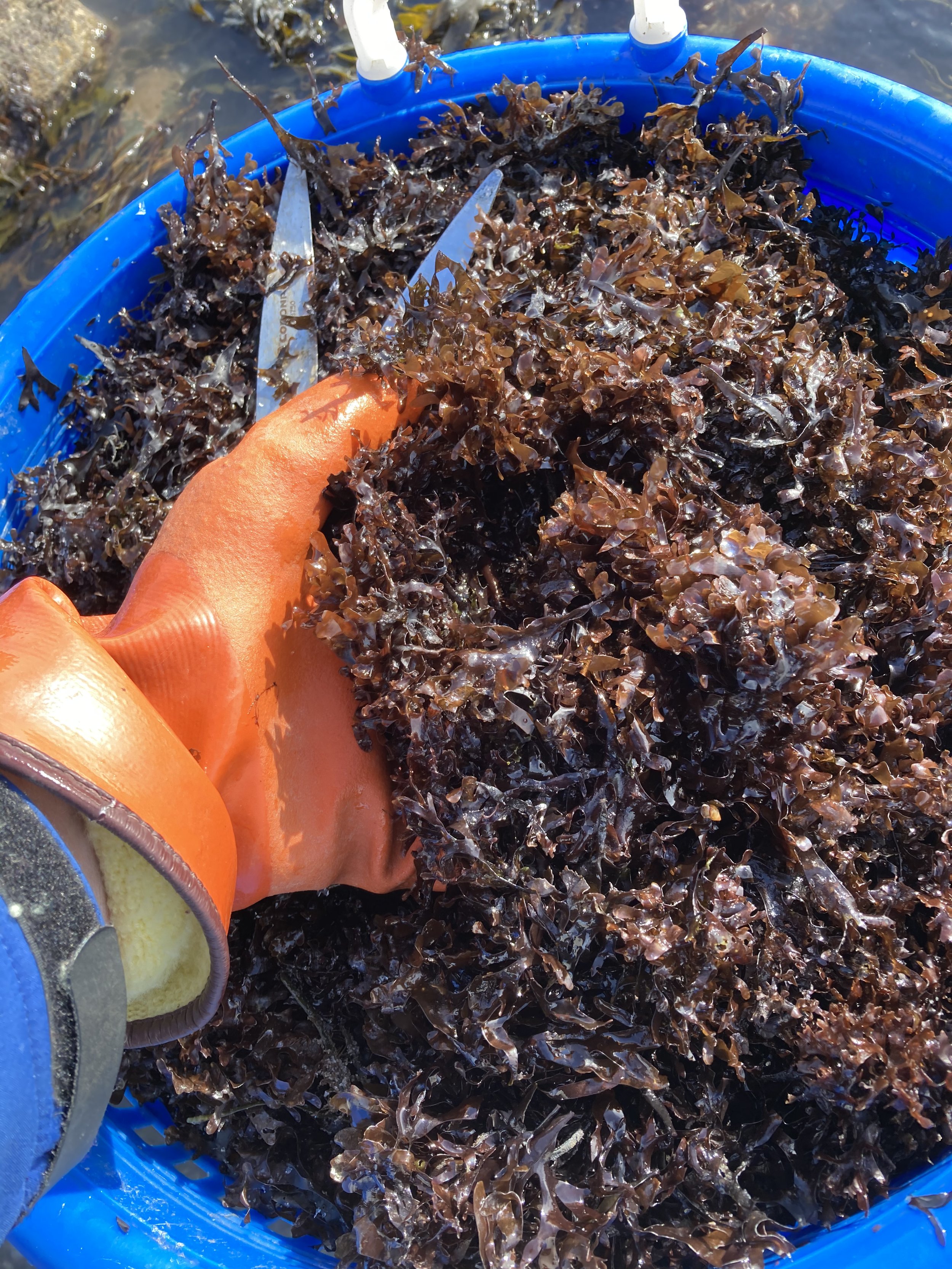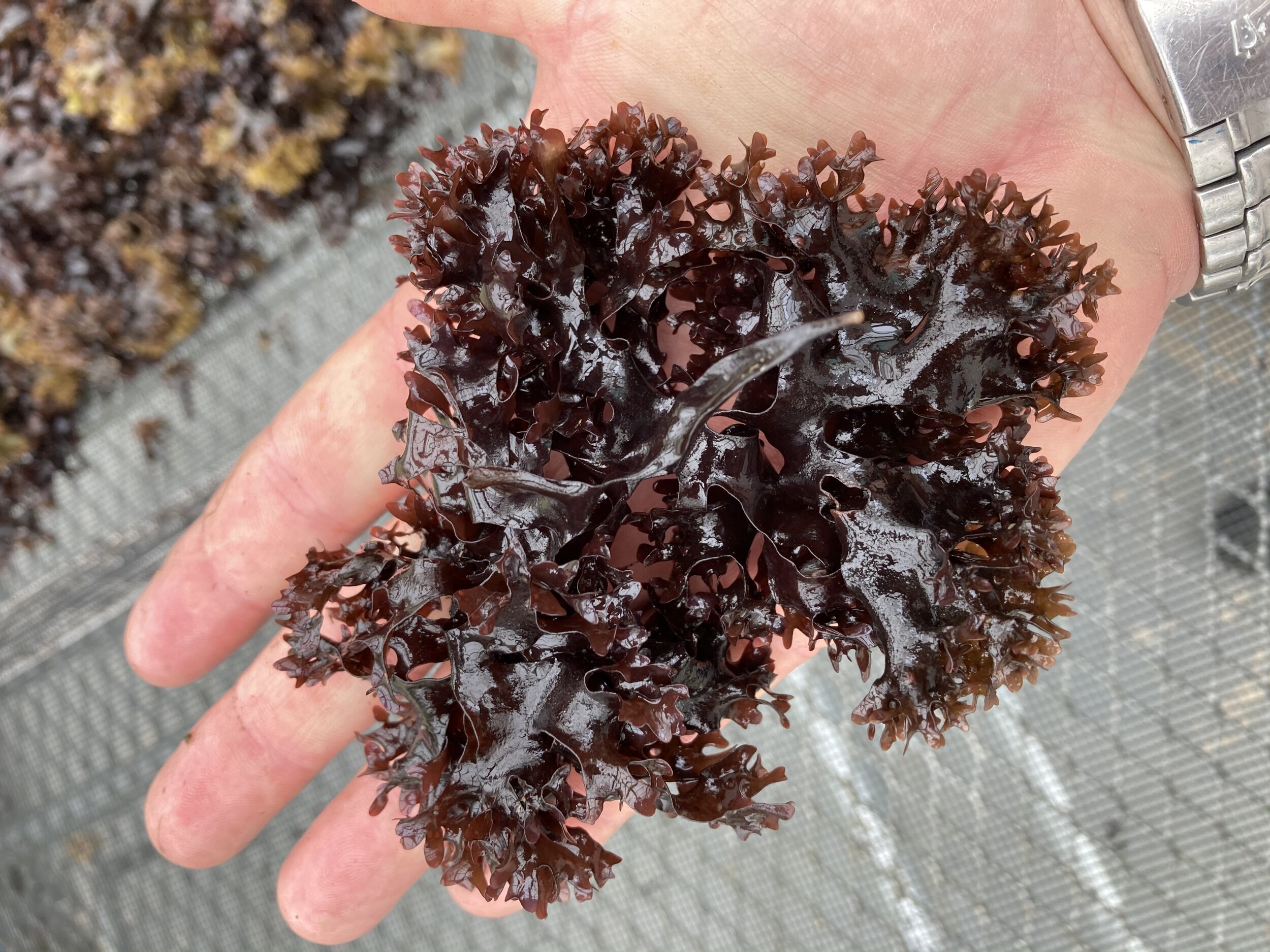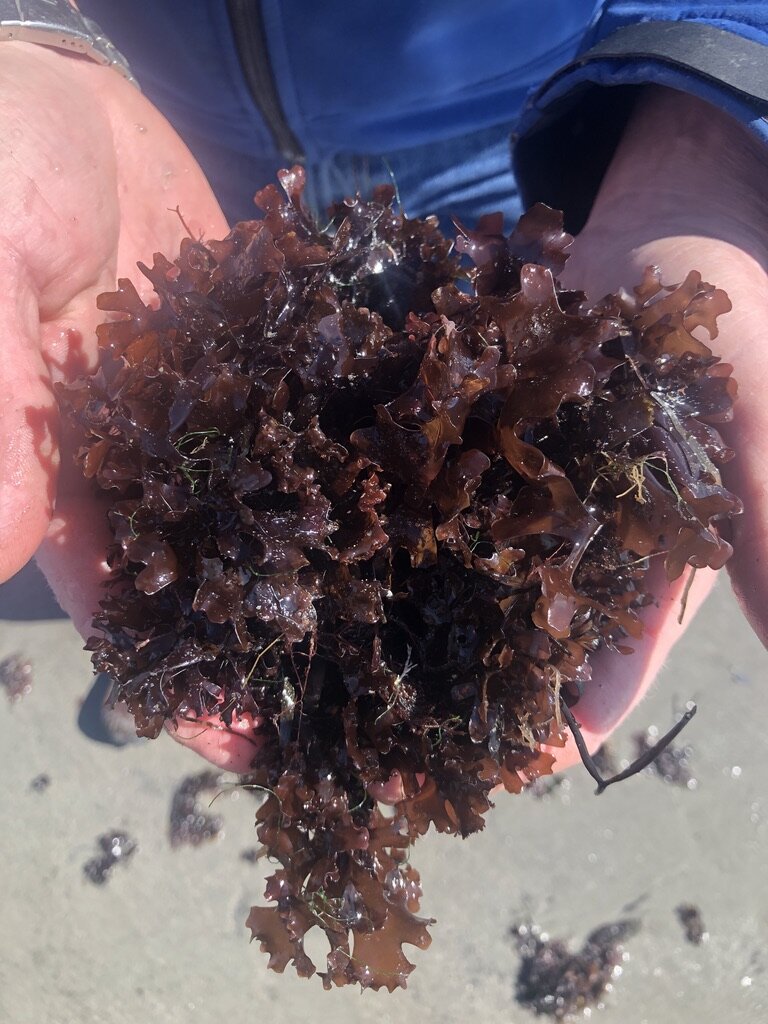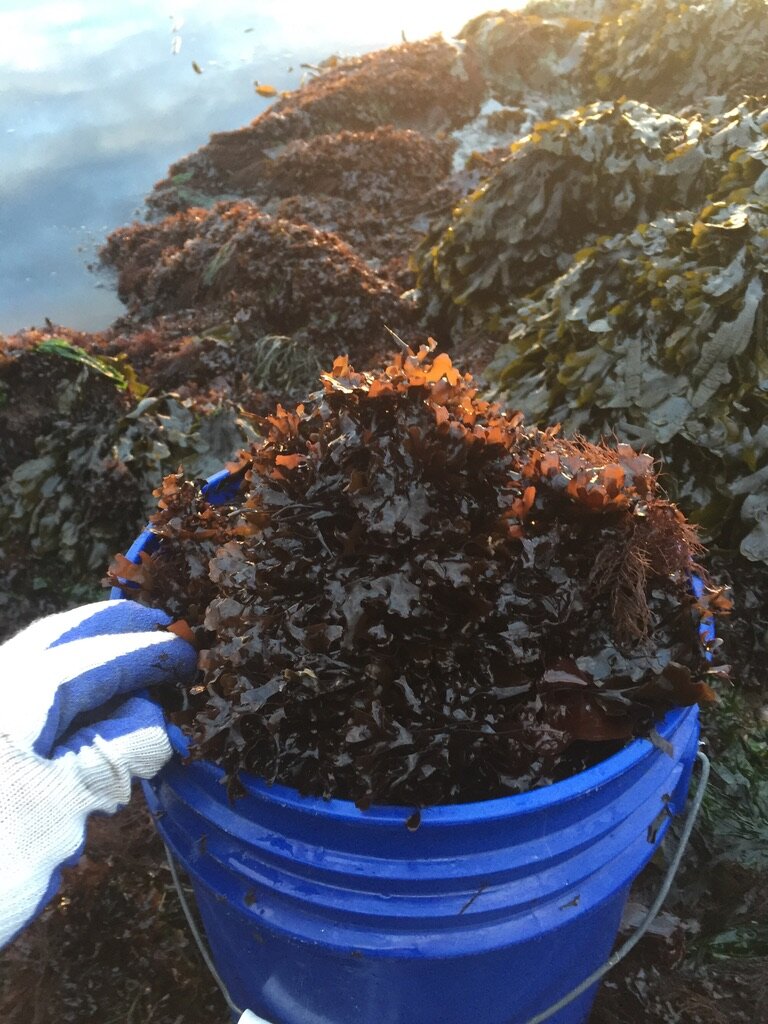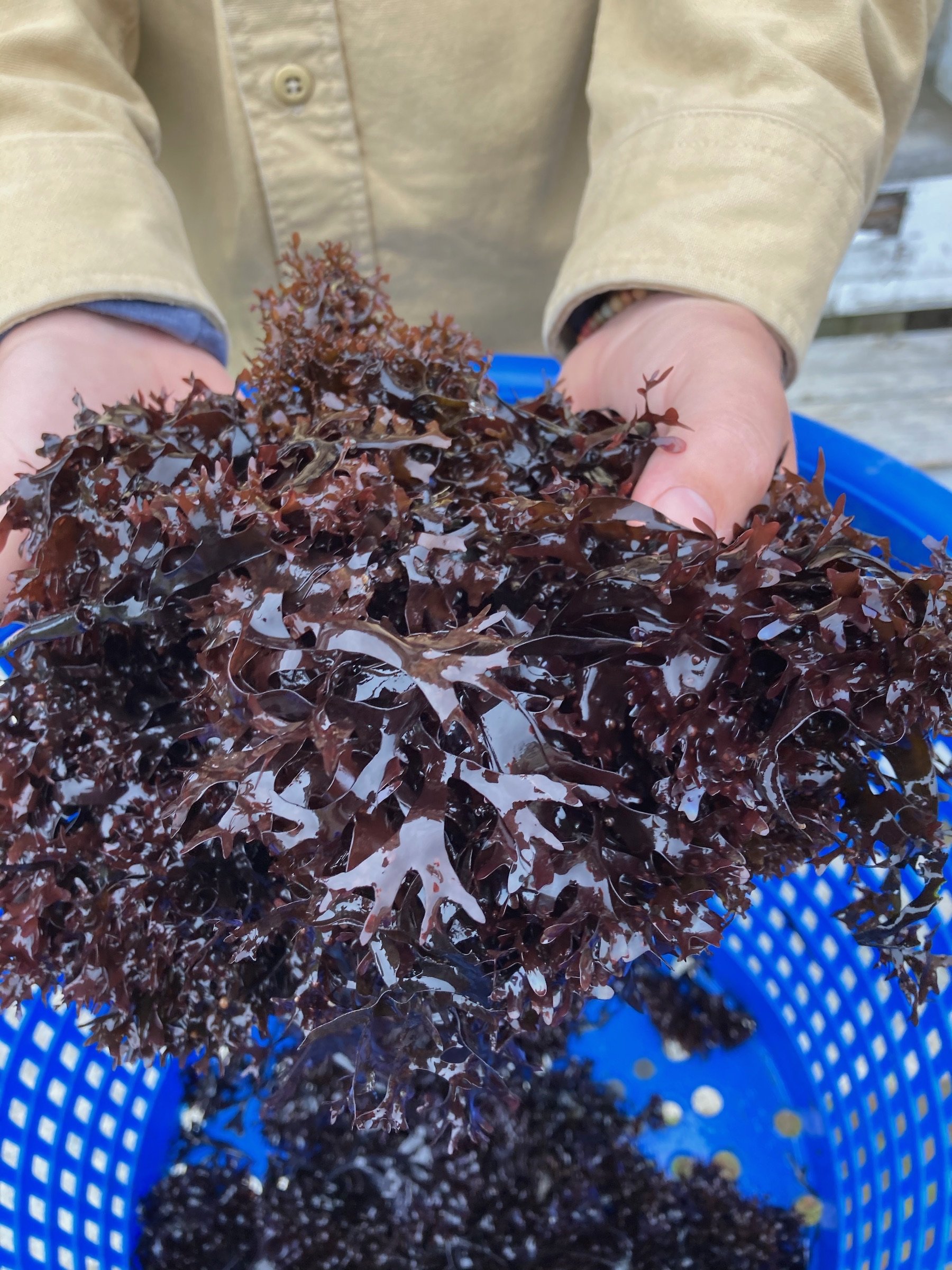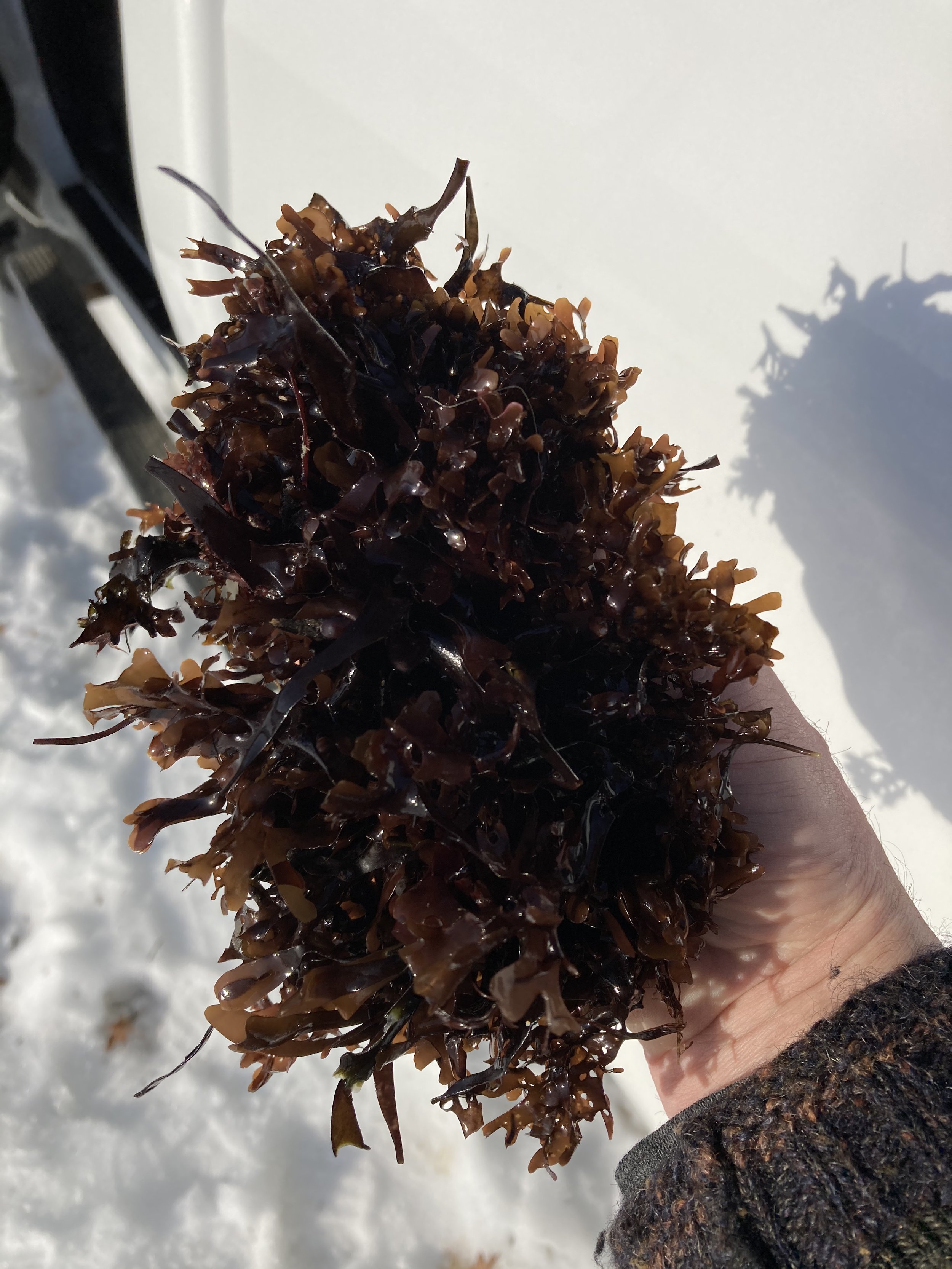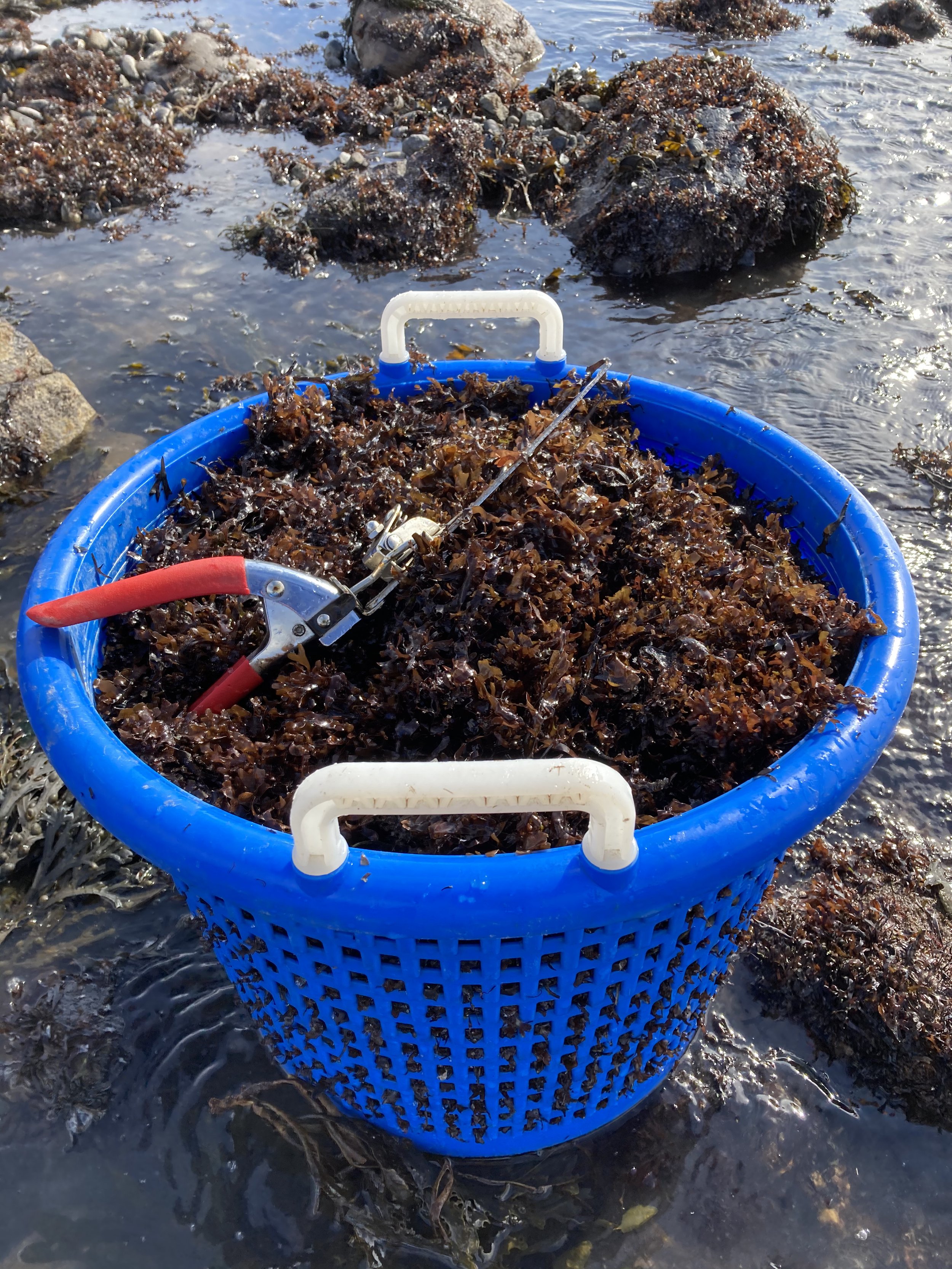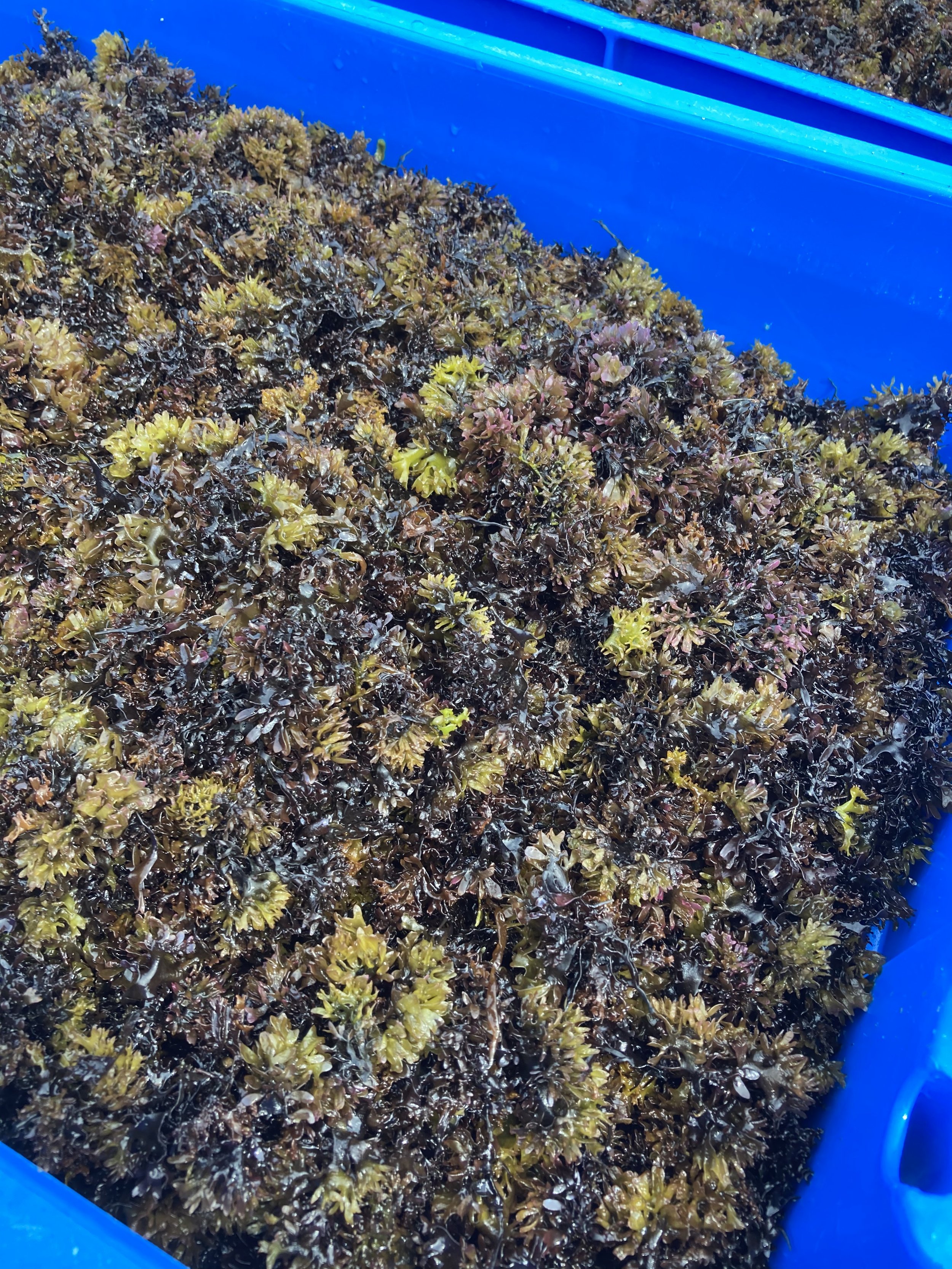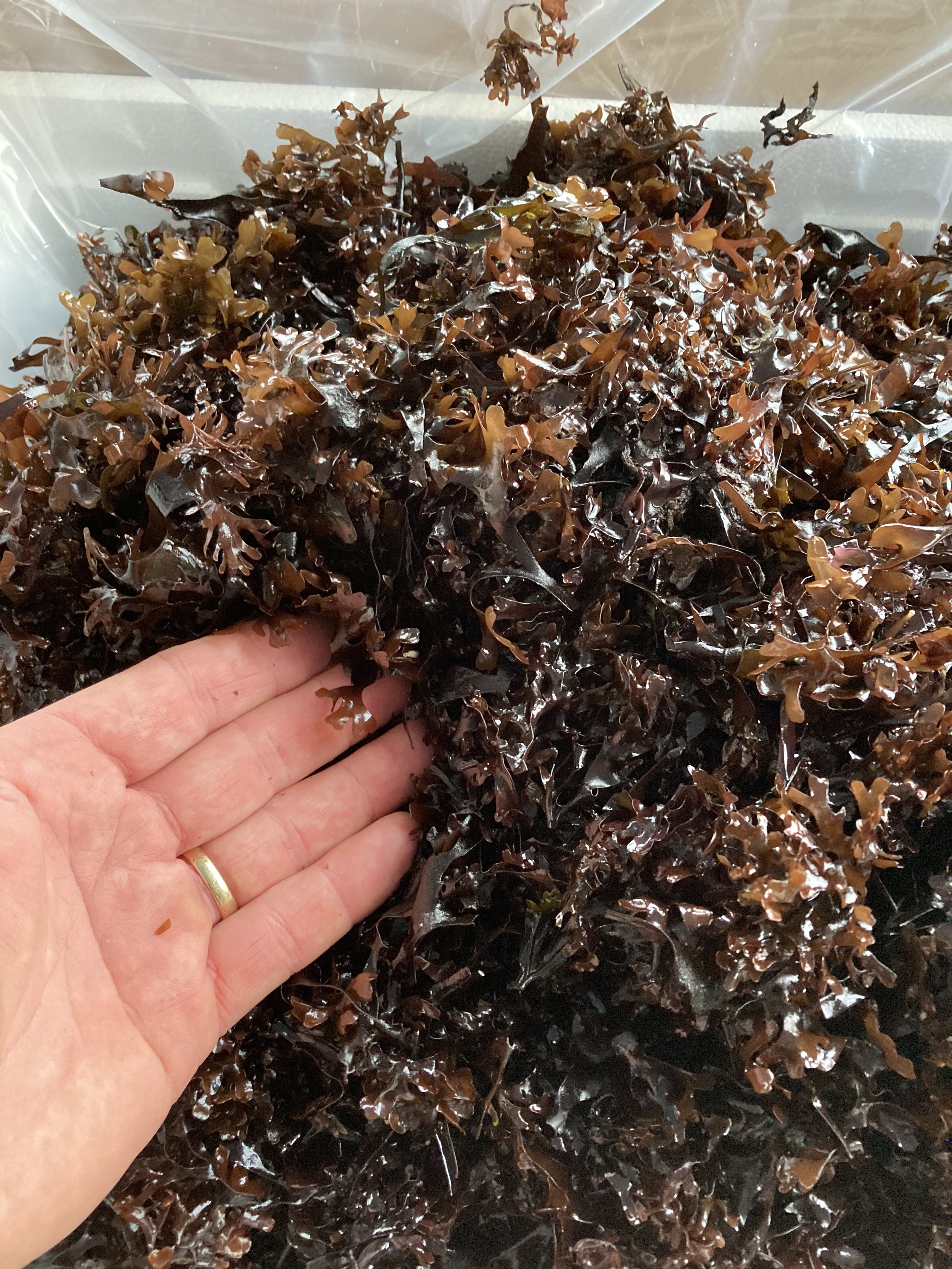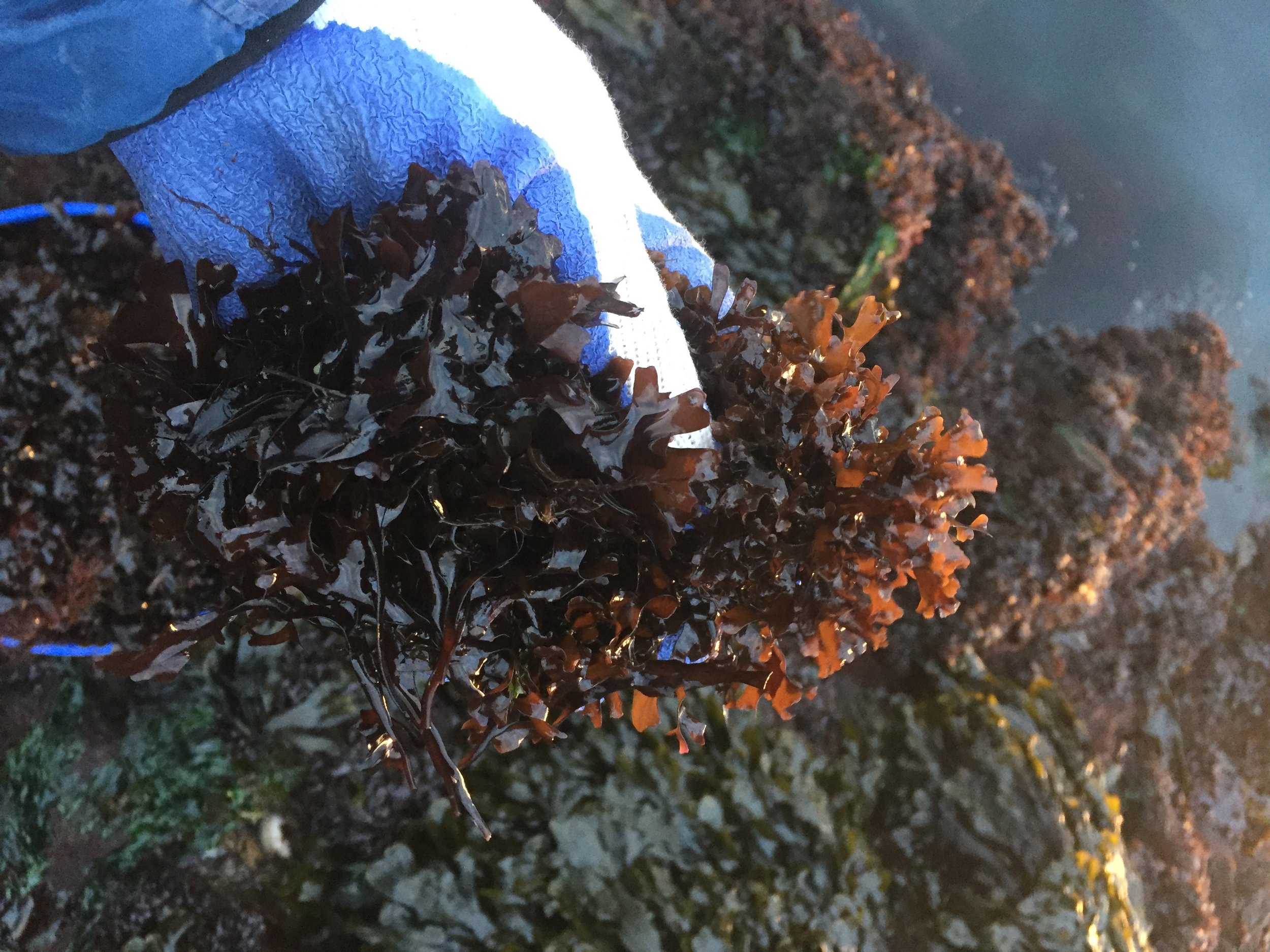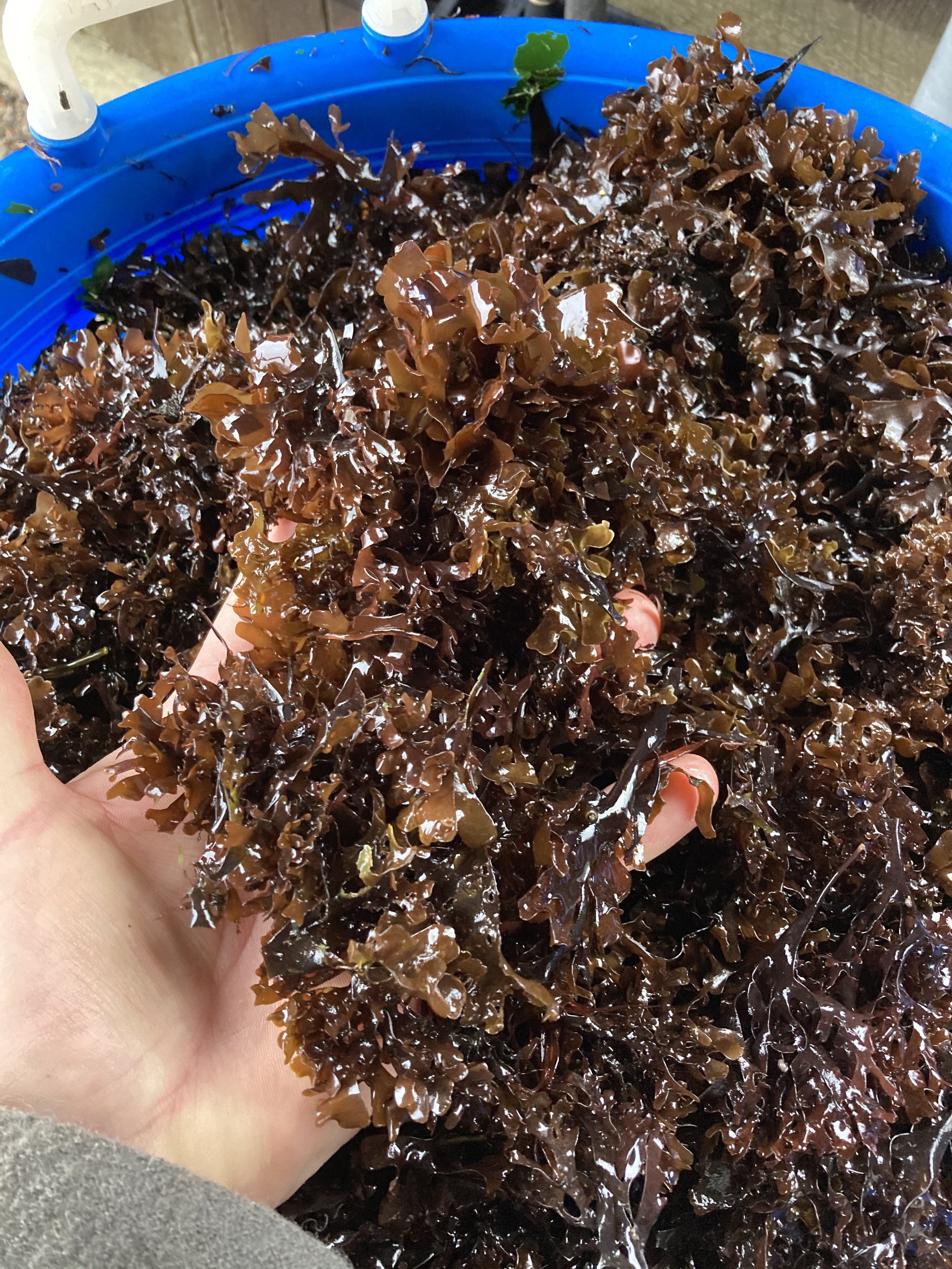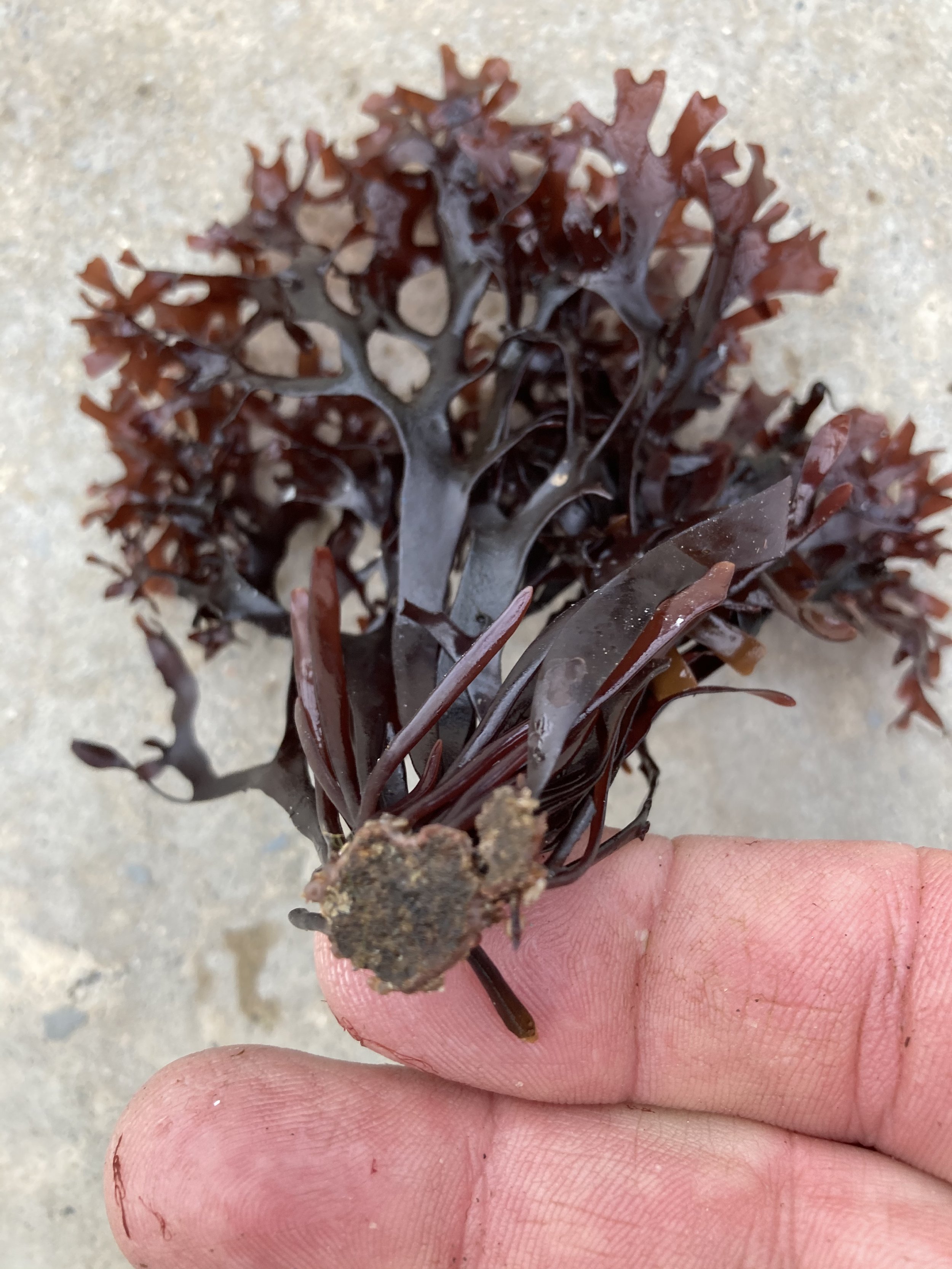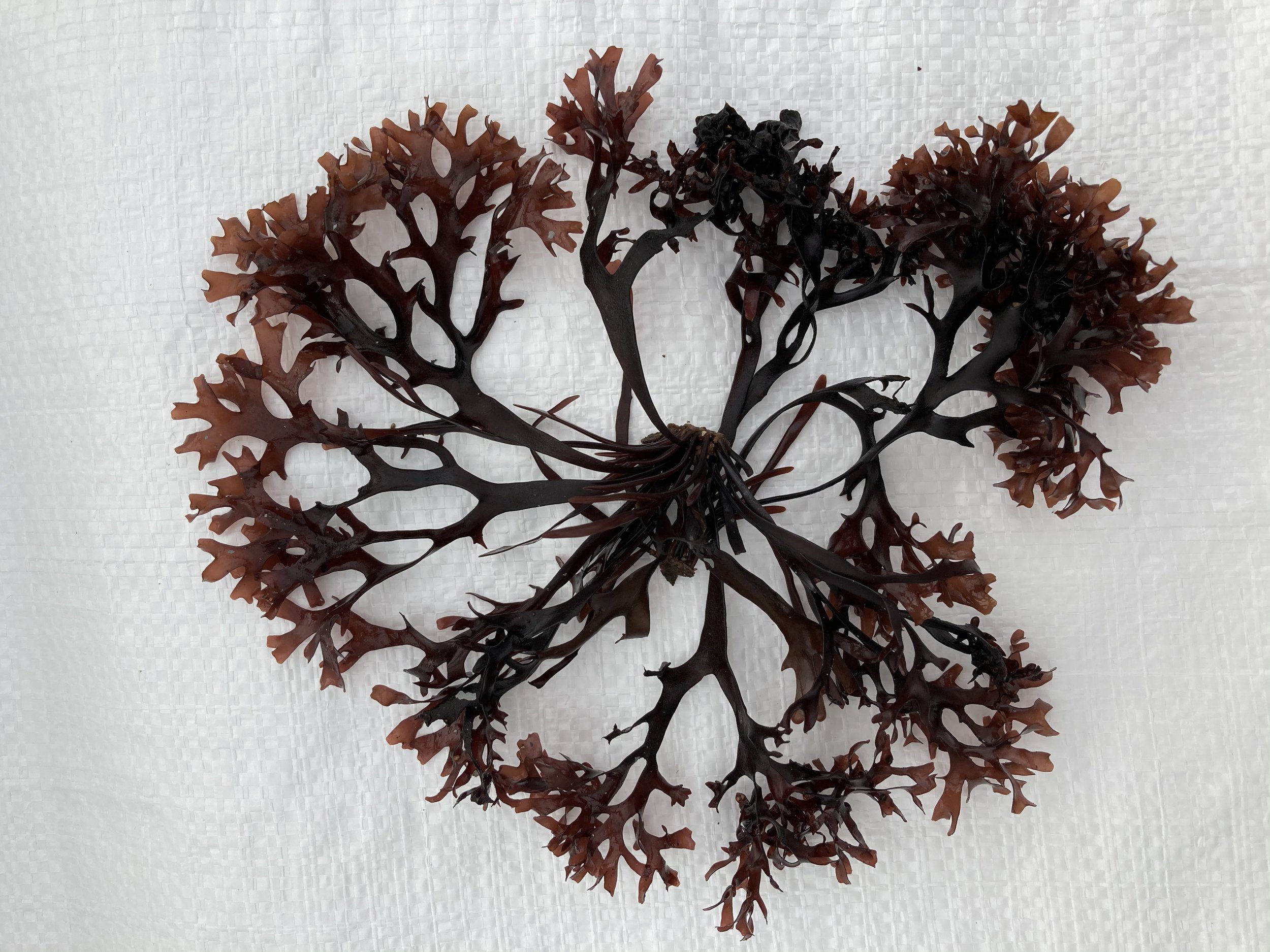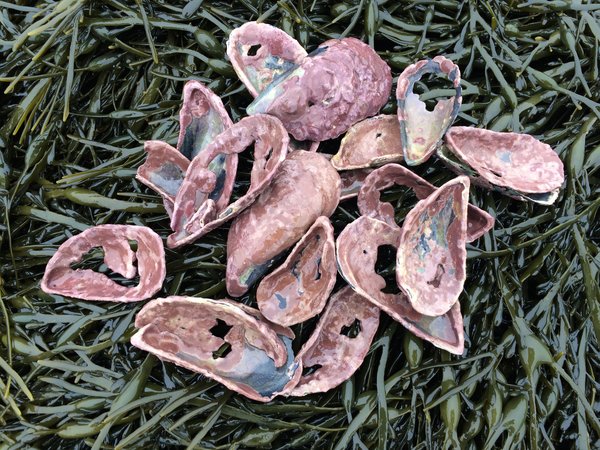 Image 1 of 3
Image 1 of 3

 Image 2 of 3
Image 2 of 3

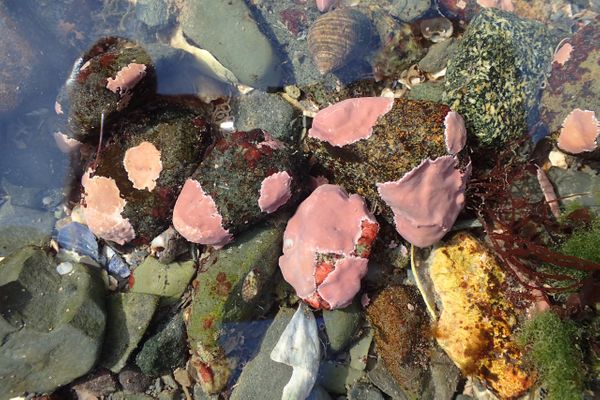 Image 3 of 3
Image 3 of 3




Red Coral Crust (Lithothamnion), Wet, Live, Pint Volume
*Overnight Express UPS Shipping is included in the price per pint volume*
This is a wet, live, science specimen
Common name: crustose algae, coralline crust, red crust
Scientific name: Lithothamnion spp.
Locations: sub-tidal except on full moon tides, tidepools, & in tidal streams. on rocks & shells, mussels
seasonality: year-round
colors: pinkish red, with white margins
Size: range from 1” - 3" on shell
Collected: by hand
Quantity: sold by the pint volume
*Overnight Express UPS Shipping is included in the price per pint volume*
This is a wet, live, science specimen
Common name: crustose algae, coralline crust, red crust
Scientific name: Lithothamnion spp.
Locations: sub-tidal except on full moon tides, tidepools, & in tidal streams. on rocks & shells, mussels
seasonality: year-round
colors: pinkish red, with white margins
Size: range from 1” - 3" on shell
Collected: by hand
Quantity: sold by the pint volume
*Overnight Express UPS Shipping is included in the price per pint volume*
This is a wet, live, science specimen
Common name: crustose algae, coralline crust, red crust
Scientific name: Lithothamnion spp.
Locations: sub-tidal except on full moon tides, tidepools, & in tidal streams. on rocks & shells, mussels
seasonality: year-round
colors: pinkish red, with white margins
Size: range from 1” - 3" on shell
Collected: by hand
Quantity: sold by the pint volume

A tortoiseshell limpet on red coral crust.
Tidepool Tim says, “Coral crust or red crust does not look like a type of algae or seaweed, but it is! It is hard and grows as a thin layer over rocks, shells, and other bottom structures. Some bottom dwelling fish such as sculpins will have this growing on their skin. Chitons, crabs, and shrimp sometimes have a layer of this red coral covering parts of their bodies. Coral crust grows in 2 forms; first a crust as described above but also as a fruiting cluster that resembles broccoli florets. We call these coral clusters and even "live rock" - these clusters are interesting as they form a micro-habitat for tiny sea urchis, scaleworms, limpets, crabs, etc. These can be ordered for use in ecology labs and experiments.”

